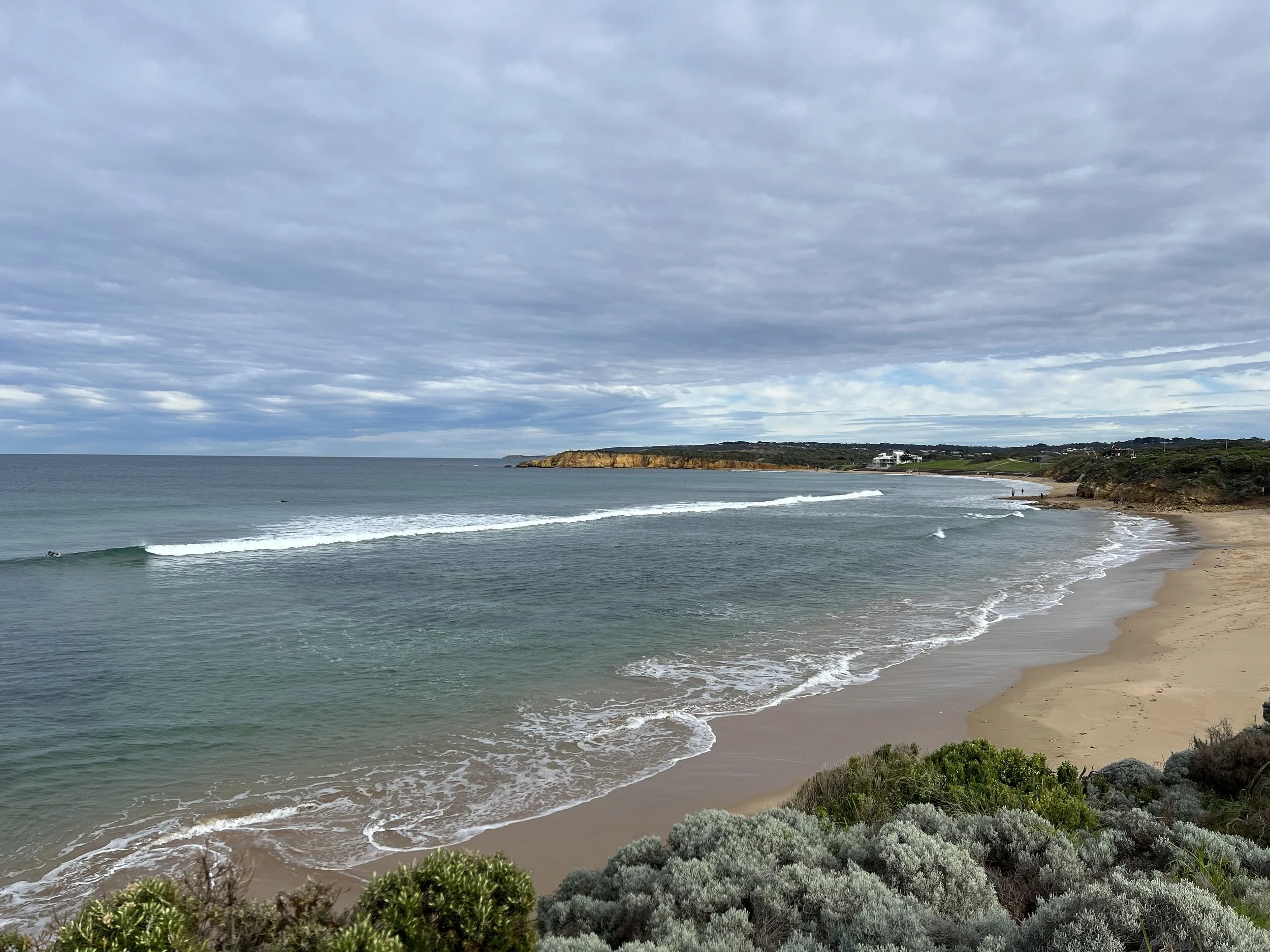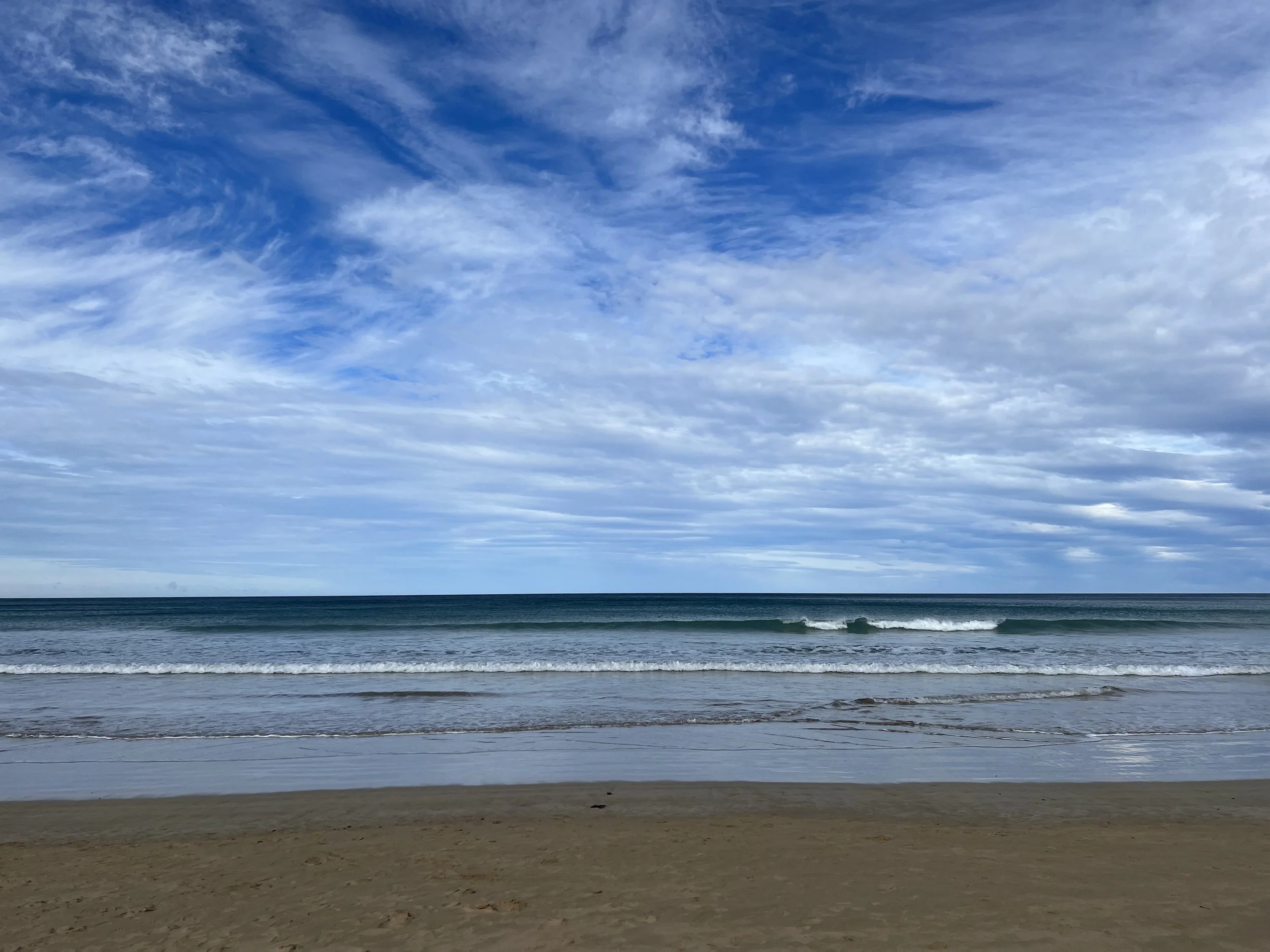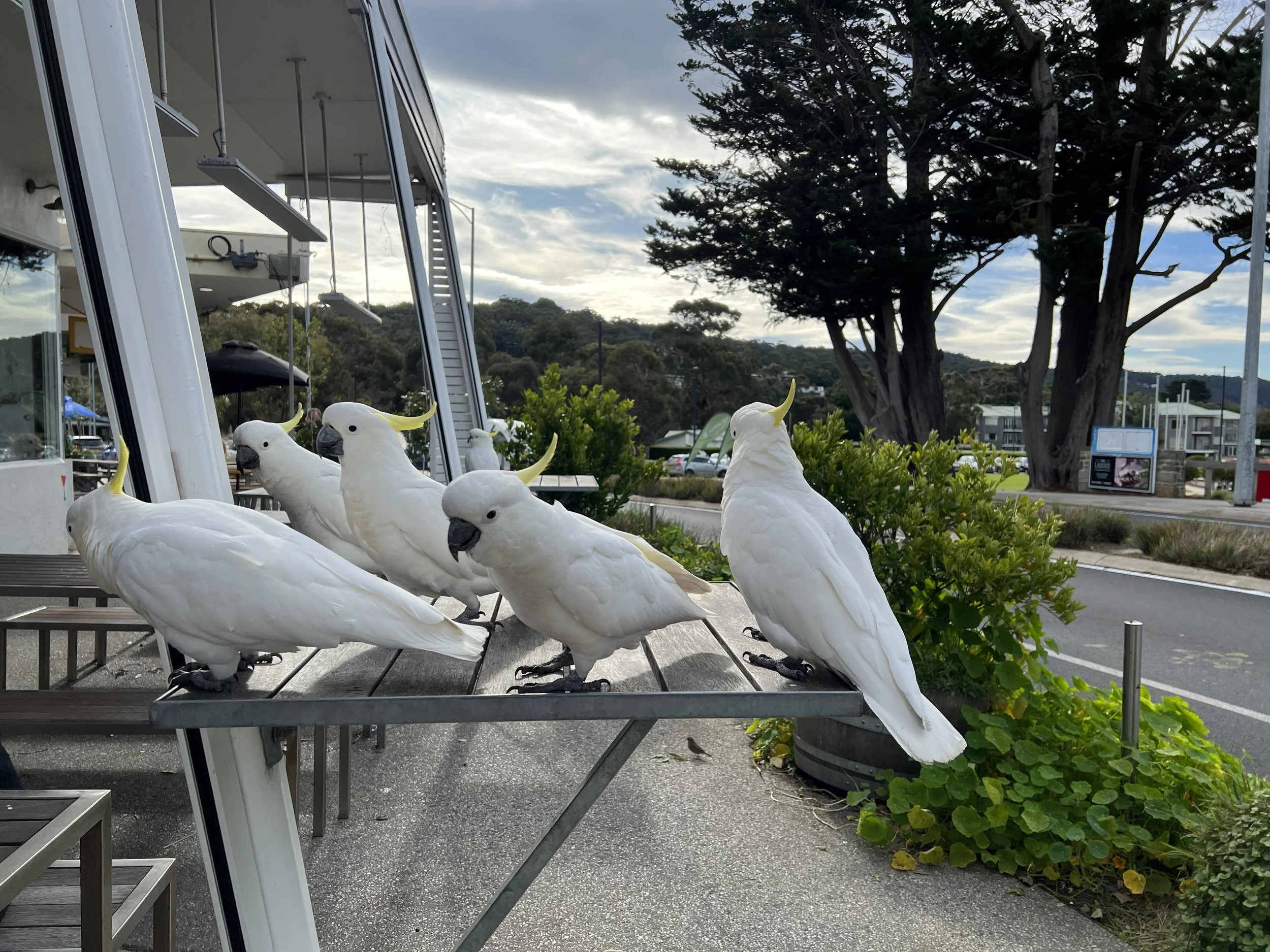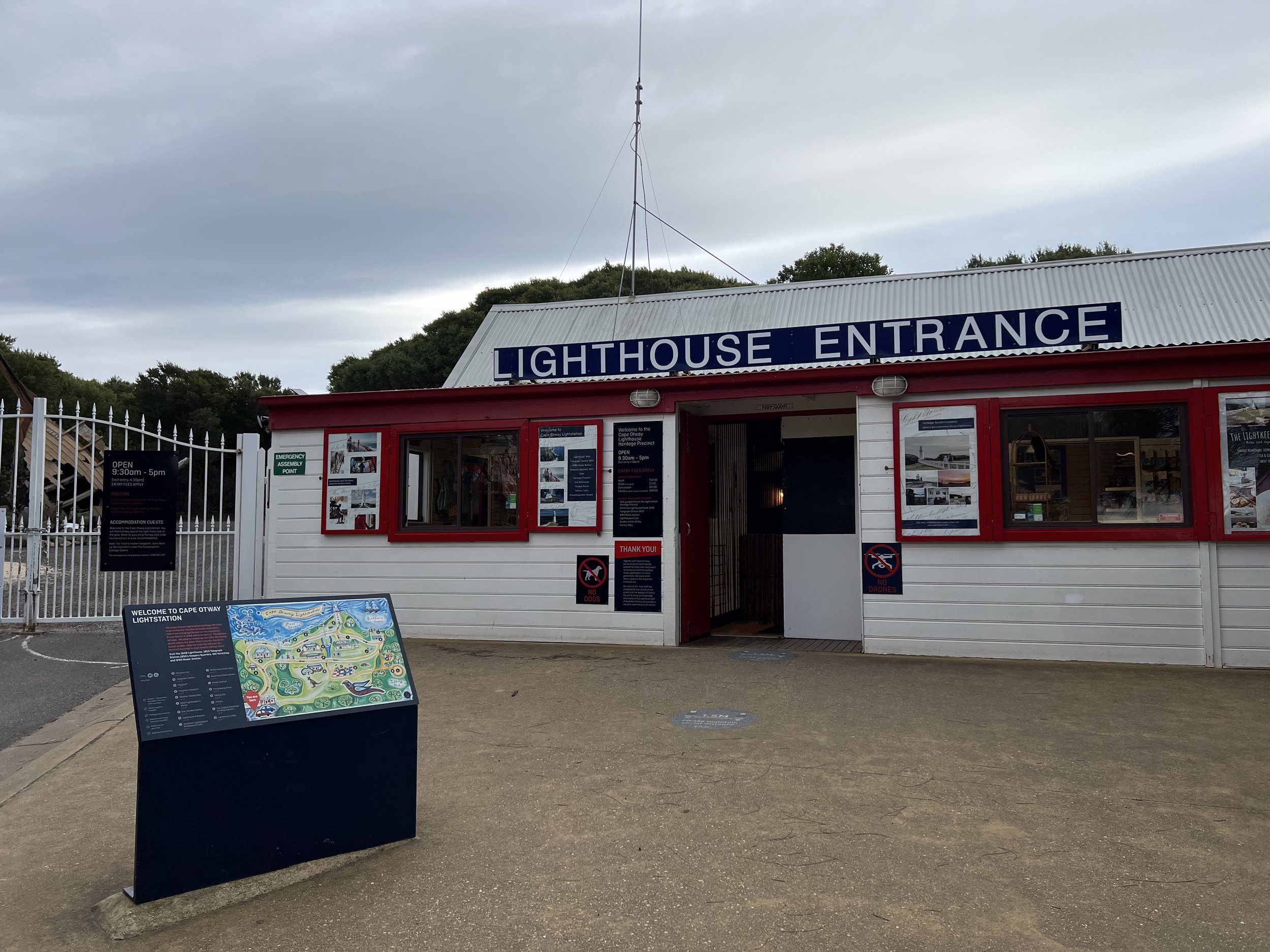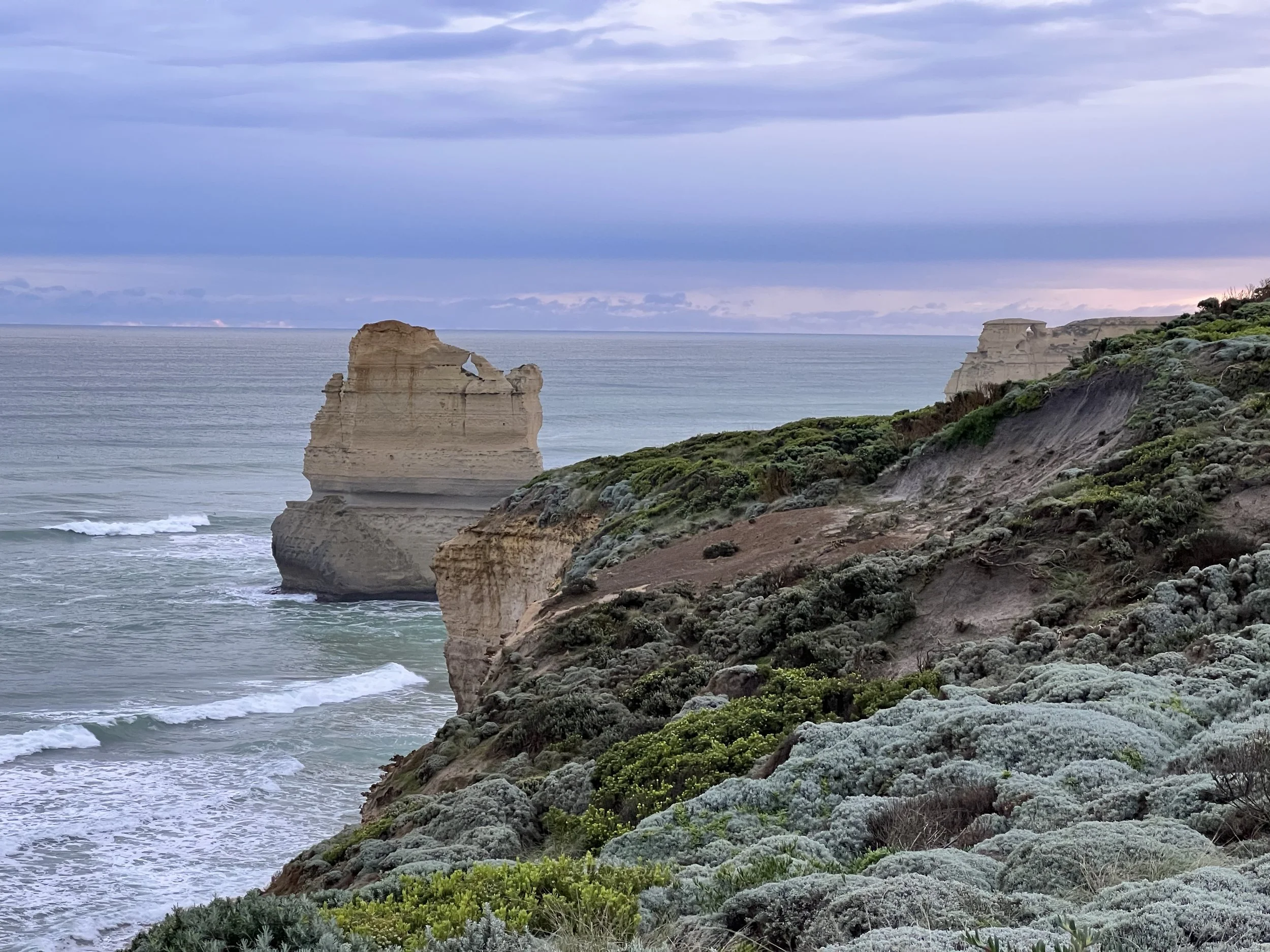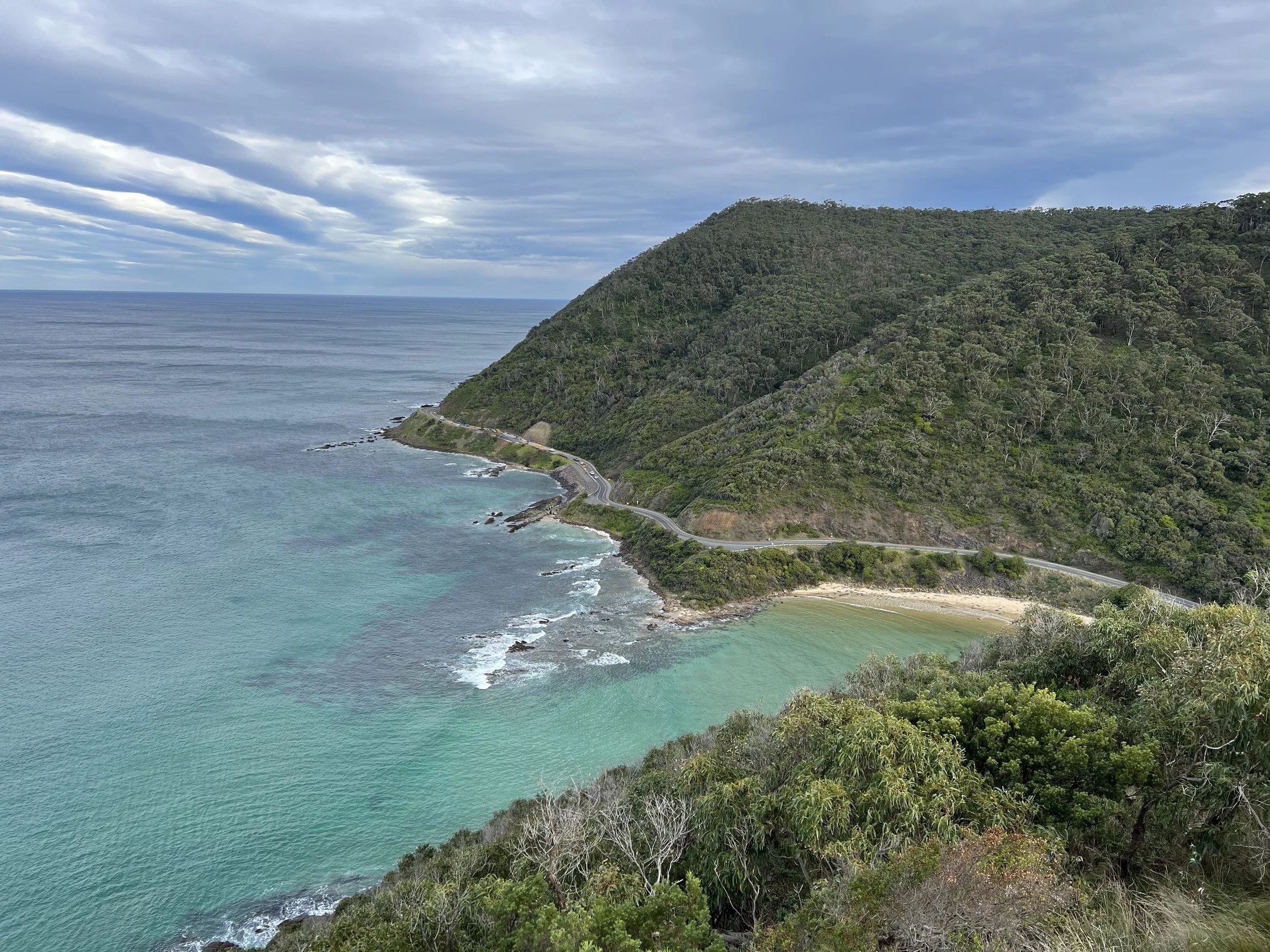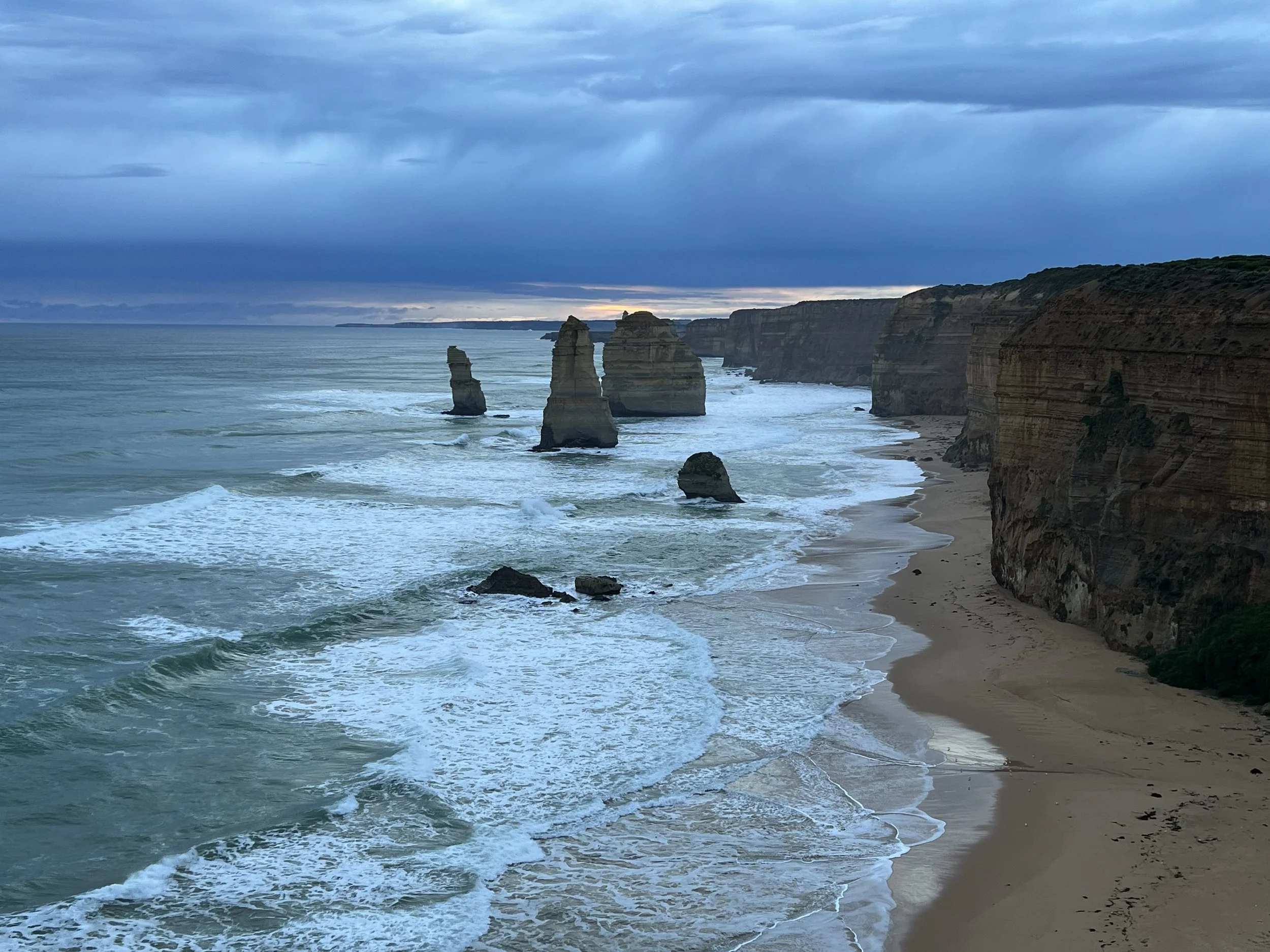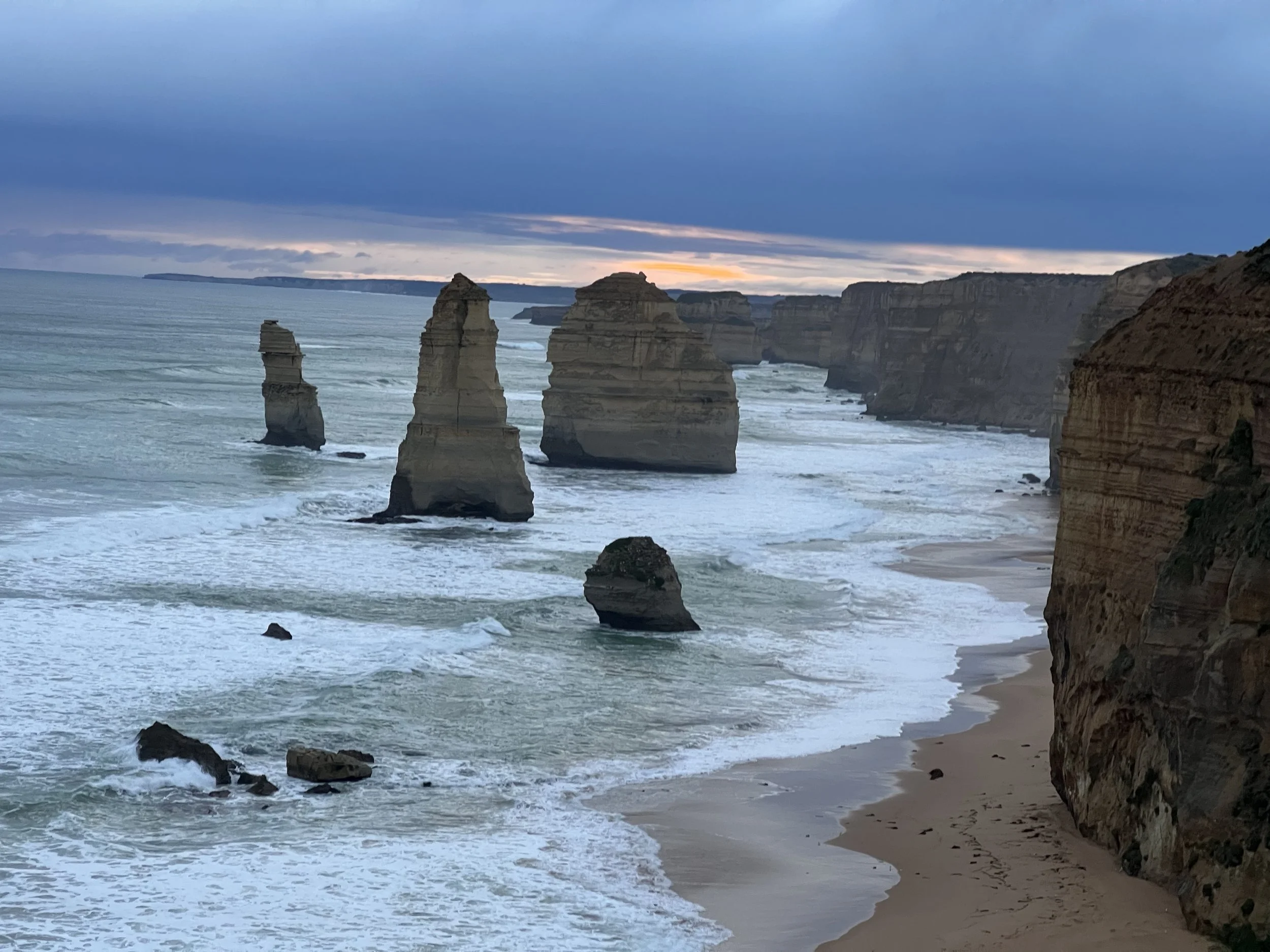Great Ocean Road - Day 1: Victoria, Australia
One of the essential experiences when visiting Victoria, Australia, is driving the Great Ocean Road—a stunning 243-kilometre coastal route stretching from Torquay to Allansford. I originally planned to rent a car and explore on my own, but a local friend kindly offered to take me on this road trip. I sent her a list of places I wanted to see, and together we crafted a relaxed itinerary based on those highlights.
On the morning of departure, my friend, her husband, and their child picked me up from Melbourne’s central business district. The first stretch was simply navigating out of the city—nothing scenic yet—but once we reached the coastline, the landscape instantly transformed. Ocean views opened up, and the famous winding coastal drive began.
Our first stop was a quick breakfast along the way before heading to our official starting viewpoint: Teddy's Lookout. Perched high above the coastline, this lookout offers impressive views of the Saint George River meeting the Bass Strait, with the water shifting into a vivid blue under the sun. I came across a charming story about how the lookout got its name: a man named Ted Babington supplied timber for the local bridges and often stopped at this high vantage point with his two drivers—Ted Hogan and Ted Bolger. The three “Teddys” would rest their horses here while watching the road, and the name stuck.
From Teddy’s Lookout, we continued toward Cape Otway. The drive here was just as enjoyable as the destination—tall eucalyptus trees lined the road, and my friend told me to keep an eye upward since you can sometimes spot koalas dozing in the branches. I craned my neck the entire time yet didn’t manage to see a koala, but we did catch sight of kangaroos hopping through the trees. After parking, we walked around the area and learned from the information displays that the Cape Otway Lighthouse is the oldest surviving lighthouse in Australia. The rugged coastline, open ocean views, and the surrounding wildlife made this a serene place to take a short break, so we stopped at the café before moving on.
Refreshed, we continued toward the major highlight of the Great Ocean Road: Port Campbell National Park—a striking 1,830-hectare landscape famous for limestone cliffs, sea stacks, and dramatic coastal formations. Two specific viewpoints were on my list for this region: The Twelve Apostles and London Bridge (which I planned to visit on Day 2).
The Twelve Apostles, despite the name, have never actually numbered twelve. Originally there were nine stacks, but one collapsed in 2005, leaving eight remaining today. I stood there, counting them instinctively while taking in the scene—the wind had picked up significantly, adding to the dramatic atmosphere as I walked along the well-maintained paths.
Since we had taken our time at each stop, it was late afternoon by the time we wrapped up at the Twelve Apostles. We decided to make our way to Port Campbell, where we would be staying the night. Thanks to my friend for driving, I was able to fully take in the coastal scenery. As a gesture of appreciation, I offered to cover the accommodation and meals for all of us.
Background
The Great Ocean Road is one of Australia’s most famous scenic drives, stretching along Victoria’s southwest coastline. Built between 1919 and 1932, it was constructed by returned soldiers and dedicated to those who served in the First World War, making it the world’s largest war memorial. The route is renowned for its dramatic limestone cliffs, sheltered beaches, temperate rainforests, and wildlife such as koalas, kangaroos, and various seabirds. Along the drive are several historically significant sites, including Cape Otway Lighthouse, which dates back to 1848 and played a crucial role in guiding ships along the treacherous Shipwreck Coast.
Getting There
The Great Ocean Road is easily accessible from Melbourne, making it a popular day trip or multi-day adventure. Most travellers begin in the city and drive southwest toward Torquay, the official starting point of the route. Whether travelling independently or joining a tour, the drive quickly transitions from city streets to open highways before meeting the coastline. From Melbourne, it takes a little over an hour to reach the beginning of the Great Ocean Road, after which the scenic coastal landscape unfolds almost immediately. For this trip, I was picked up directly from the Melbourne CBD by friends, which made the journey seamless and allowed me to enjoy the scenery without worrying about driving.
Route Overview
Itinerary: CBD Melbourne → Teddy's Lookout → Cape Otway → Port Campbell National Park (Twelve Apostles) → Port Campbell
Distance: 312 km
Duration: 12 hr (driving & sightseeing)
Cost Breakdown
Accommodation: Port Campbell Motor Inn — C$280.1 (2 rooms)
Food: AU$78.54

